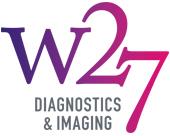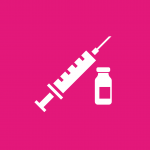What is it
Diagnostic injections can help your doctor to pinpoint the exact source of your pain. They complement scans like X-rays, MRI and CT scans which provide detailed imaging of joints and the surrounding soft tissues. Arthrogram injections essentially involve injecting contrast dye into symptomatic joints usually under X-ray or Ultrasound guidance.
What it is used for
Arthrogram injections essentially involve injecting contrast dye into symptomatic joints usually (often under X-ray or Ultrasound guidance) and then progressing to MRI or CT for further imaging to help find the cause for your pain or symptoms. The main structures to evaluate include the cartilage surfaces, joint lining, tendons, ligaments and bones. This enables a more accurate diagnosis of your symptoms.
What to expect
You will lie on a bed or sit in a chair for the arthrogram procedure. The radiologist will go through the procedural consent with you. The injections are usually small and quick and depending on what body region is being injected. Most of the time, the procedure is not too painful and instead your affected joint may feel a little pressure or heaviness for a very short duration of time.
Before and after
You will be given detailed instructions about what to do to prepare for your diagnostic injection.
It is advisable not to drive or operate any heavy machinery on the day of your procedure.
Afterwards you can normally go home within about an hour. Any pain or discomfort can typically last for several hours after the injection.
Here is an animation video showing you what you can expect during a MRI Arthrogram procedure






